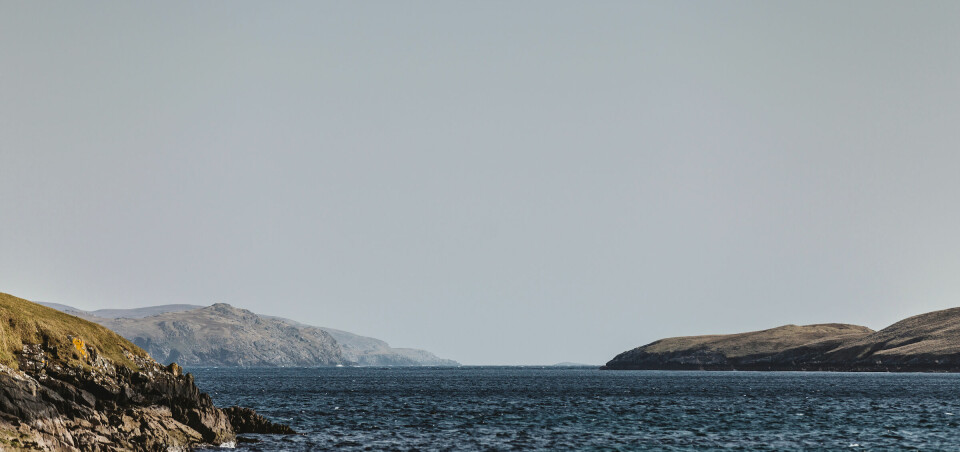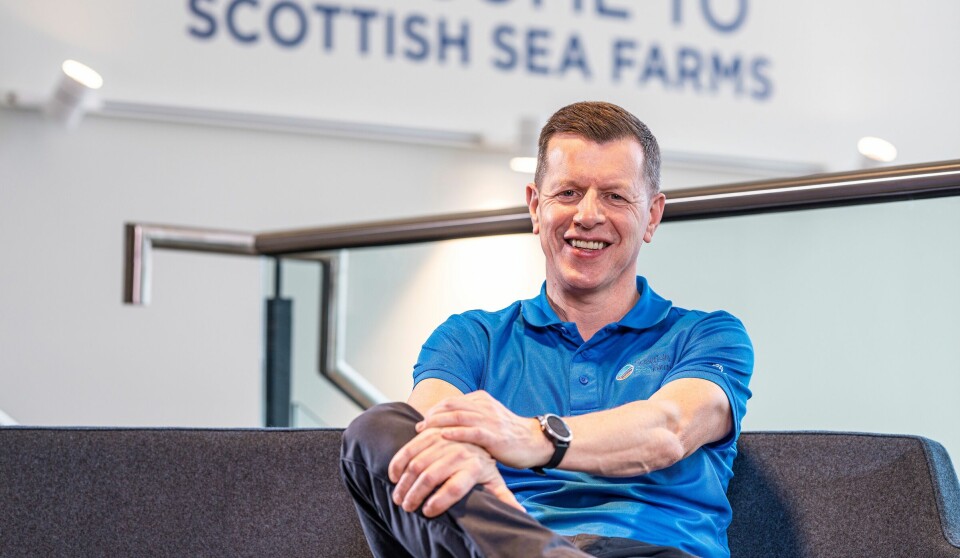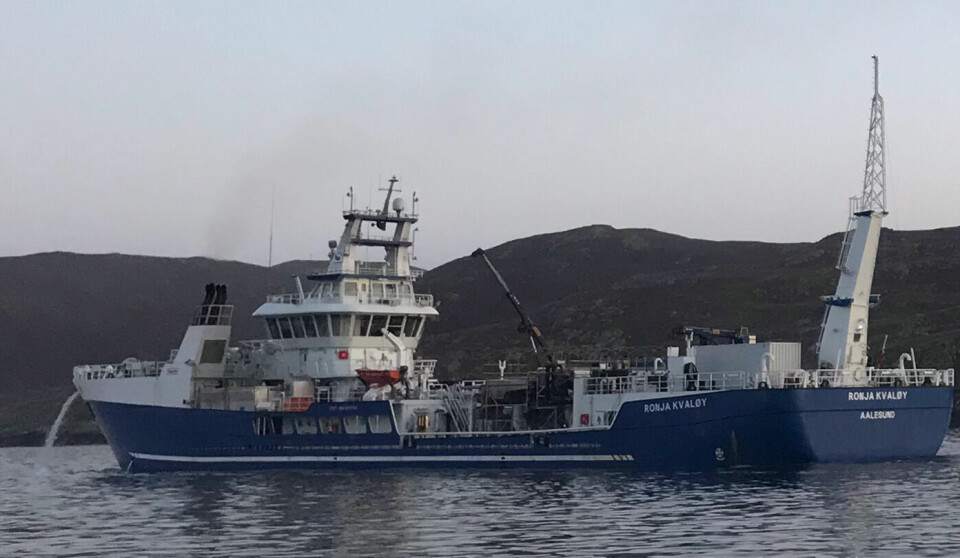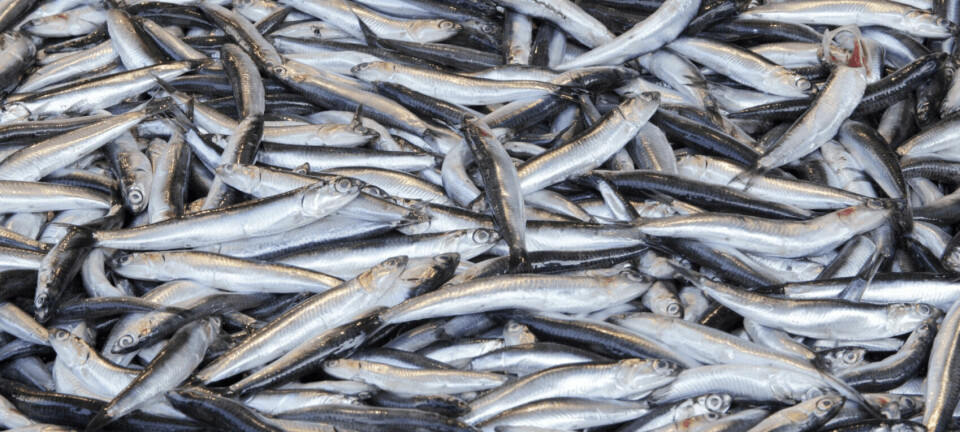
Scottish Sea Farms made £23m operating loss last year
Q4 results were still weak but conditions have improved, says co-owner SalMar
Salmon farmer Scottish Sea Farms made an operating loss of NOK 47 million (£3.5m) in the final quarter of 2023, and an operating loss of NOK 304m (£23m) for the full year.
The company’s pre-tax loss for 2023 was NOK 482m. In 2022, it made a pre-tax profit of NOK 166m.
The Scotland fish farmer, which is owned 50-50 by Norwegian salmon farming heavyweights SalMar and Lerøy, harvested 4,600 gutted weight tonnes in Q4, down from 7,300 gwt in the same period in 2022. SSF postponed some harvesting until 2024 to take advantage of improved growing conditions.
SSF’s harvest volume for 2023 was 24,900 gwt, down from 35,900 gwt in 2022. The company expects to harvest 37,000 gwt in 2024.
A better year ahead
EBIT (operating profit) per kilo gutted weight in Q4 2023 was NOK -10.3, an improvement from NOK -17.5 per kg in the corresponding period in 2022, SalMar said in its Q4 2023 report today.
Speaking about SFF's performance at a presentation of Q4 results today, SalMar chief executive Frode Arntsen said: "The biological situation in Scotland remains challenging.
This has affected harvest volumes, and the challenges have resulted in harvest
of fish with low average weight, high cost, and also achieving low prices.
"Looking ahead, things look better for the fish we plan to harvest in 2024. Several sites with fish facing biological challenges have been emptied and we see improvements in the status of the fish planned for harvest in 2024. We maintain the volume guidance for ’24 unchanged at 37,000 tonnes."
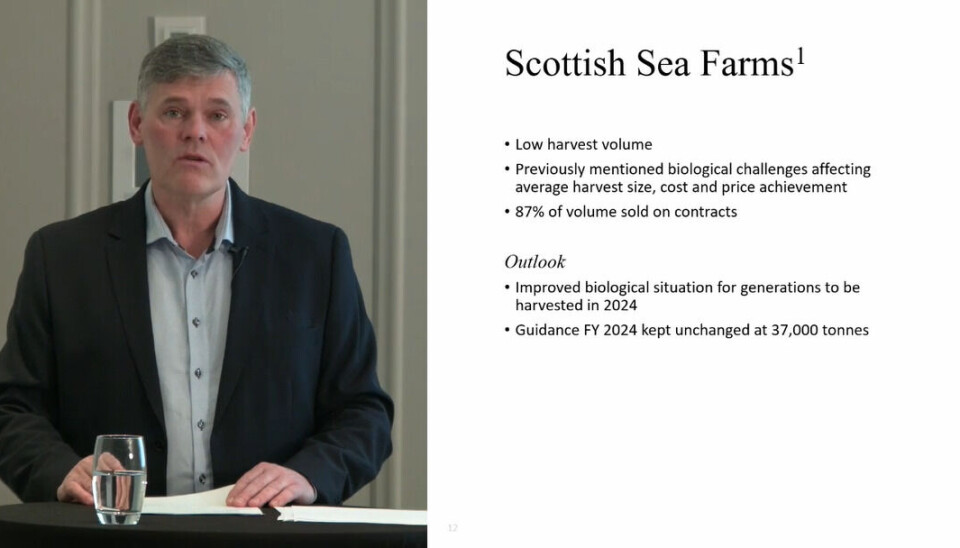
SSF’s poor results in what was a challenging 2023 for the Scottish salmon industry were a small blemish in what was otherwise mostly a strong year for SalMar.
“Income from associates and joint ventures was NOK -27 million in 2023. The negative contribution is primarily a result of SalMar’s share of the profit from Norskott Havbruk (Scottish Sea Farms), which amounted to NOK -168 million in 2023. In 2022, associates contributed NOK 66 million," said the compamny.
But SalMar also had its troubles at home and in Iceland. The company reduced its harvest guidance in Norway for 2024 by 20,000 tonnes to 237,000 gwt due to mortalities and culls resulting from jellyfish blooms in Q4. Its Icelandic subsidiary had problems with lice in the quarter.
“It has been over 20 years since SalMar experienced a similar jellyfish attack in Norway. Unfortunately, those who were involved 20 years ago say that the issue doesn’t resolve immediately. It takes some time through the winter, possibly until May before the jellyfish disappear again," said Arntsen, who highlighted the "enormous effort" made by farm staff to tackle the problem.
Strategic milestones
SalMar said it had accomplished multiple strategic milestones in 2023, strengthened its financial position, and demonstrated strong overall operational performance throughout the year.
Operational EBIT (operating profit) for SalMar Group was NOK 2.158 billion in Q4, and harvest volume was 83,100 tonnes. Operational EBIT per kg was NOK 26.0. In Norway, where SalMar grows most of its fish, harvest volume was 73,600 tonnes and operational EBIT per kg was NOK 28.8.
For 2023, consolidated harvest volume increased by 31% to 254,100 tonnes and operating profit was NOK 8.088 billion with operational EBIT per kg of NOK 31.8.
“Due to successful integration of NTS, NRS and SalmoNor, strong performance from employees and solid operations, 2023 became another record year for SalMar. Consolidated harvest volume increased with 31% to 254,100 tonnes," the compamy said.
The company’s board has resolved to propose a dividend of NOK 35.00 per share for the financial year 2023.
“Our team has again performed well and delivered impressive results, both in terms of operational performance, synergy realisation and strategic achievements. I am proud of our dedicated and skilled employees and the strength that the SalMar organisation has shown throughout 2023,” said Arntsen.
